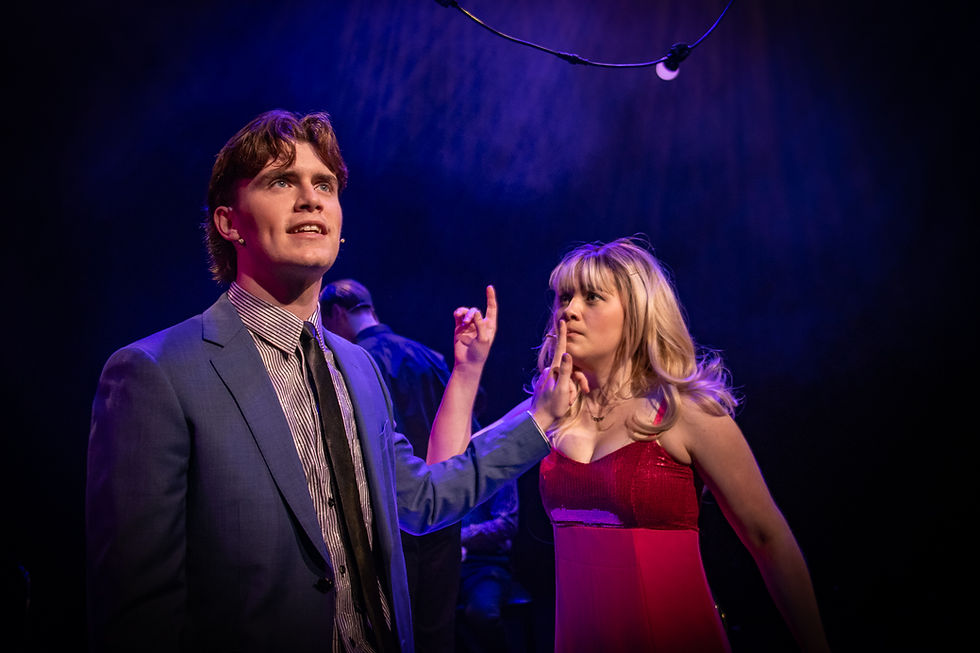zactrack for BMW at the IAA in Frankfurt
- Christoph Frank

- Oct 27, 2015
- 2 min read
Updated: Sep 1, 2025
Vienna (27 October 2015), 66th INTERNATIONAL MOTOR SHOW. 17–27 September 2015 in Frankfurt am Main. Once again, zactrack was invited by BMW to present all the show cars in their true light with the help of the automated follow-system.
zactrack is an automated follow-system. Cars or people are captured precisely with wireless transponders and then accurately followed by various effect-generating devices, for instance for illumination, audio or video effects.

Non-stop driving from 9:00 AM to 11:00 PM. Like 2 years ago, the show organisers once again created a first class presentation area under the technical supervision of NIYU Berlin and thanks to a perfect light design by Martin Kuhn: Over an area of 11,000 square metres, a track was built on stilts in the form of a horizontal “figure 8”. From the opening of the show at 9:00 AM until its closing at 11:00 PM, 35 vehicles in various groupings drove non-stop on the 400-metre track – sometimes in groups of three, at other times in a caravan of 10 vehicles. Suspended above the track, 800 spotlights, on both sides, ensured that the vehicles were illuminated precisely, whether driving at 50 km/h or parked on the large presentation stage – a zactrack transponder was attached to each of the vehicles, which enabled them to be fully illuminated automatically in true show business style. Video and audio inserts triggered by the position of the vehicles A specific sound was to be heard for each car model. In addition, the appropriate video insert was displayed on the LED wall. Recognition of the vehicles and their exact positions made it possible to launch video clips and sound samples with precise timing. Pre-programming of the entire presentation stand using the 3D visualisation offered by “zacview”
zacview’s 3D visualisation was used for the first time to pre-program the entire show. To realize this, the 3D model of the presentation stand was simulated in a real-time computer graphic, including all of the 800 spotlights and planned vehicle movements. All ArtNet commands from the lighting console were conveyed in real time and controlled the virtual spotlights in the visualisation. Through this, it was possible to create and test the cue lists prior to the show, long before anything had been set up. Upon completion on site, the visualisation for testing purposes ran whilst four HOG 4 lighting consoles sent the ArtNet commands to the corresponding lights spread over all DMX universes.


